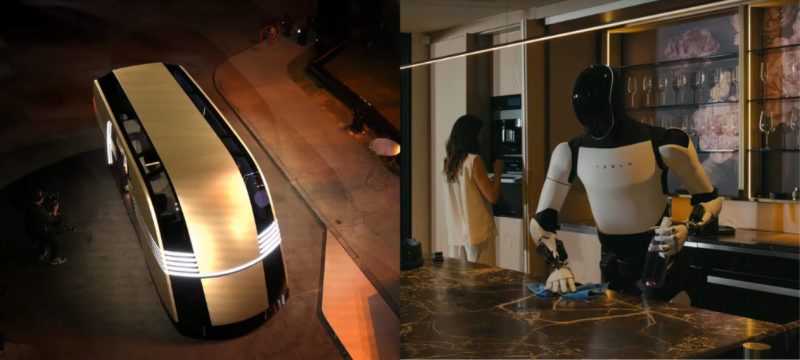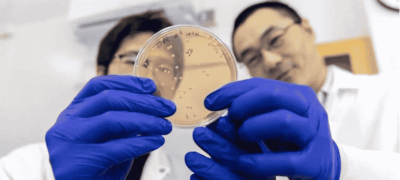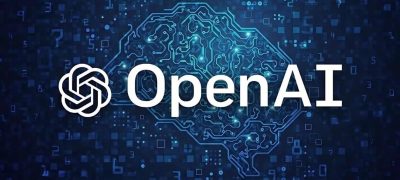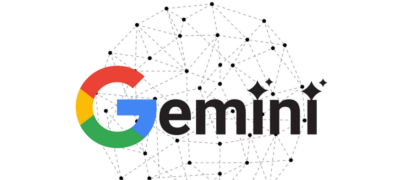At a recent event in Los Angeles, Elon Musk introduced Tesla’s latest innovations: a futuristic robotaxi and a robovan, marking a significant shift in the company’s focus from traditional automaking to robotics. The robotaxi, dubbed the “Cybercab,” features two gull-wing doors and lacks a steering wheel or pedals, with production slated for 2026 at a target price of under $30,000. Musk emphasized that operational costs would be approximately 20 cents per mile, utilizing inductive charging technology.
During the event, Musk highlighted the advanced capabilities of these vehicles, stating they rely solely on artificial intelligence and cameras, eschewing the additional hardware used by competitors. “The autonomous future is here,” he declared, showcasing 50 fully autonomous vehicles, including the Model Y and Cybercab. The robovan, designed to accommodate up to 20 passengers, was also presented, expanding Tesla’s vision for self-driving transportation.
Also Read: Elon Musk Introduces Tesla’s New Two-Door Robotaxi
Attendees included investors and Tesla enthusiasts, but many left disappointed by the lack of concrete timelines for production and regulatory approvals. Investors expressed frustration over the absence of detailed plans to compete with rivals like Waymo. Musk acknowledged the challenges posed by the complex technology and strict regulations, especially given Tesla’s history of missed promises regarding robotaxi rollouts.
Despite past setbacks, Musk remains optimistic about Tesla’s autonomous future, stating that the company expects to begin fully autonomous operations in Texas and California next year with its Model 3 and Model Y. However, he did not clarify whether the new robotaxis would utilize different technology or continue to depend on Tesla’s Full Self-Driving system.
As Tesla navigates the competitive landscape of the robotaxi market, its focus on AI and cost-effective solutions will be crucial in determining the success of these ambitious projects.









